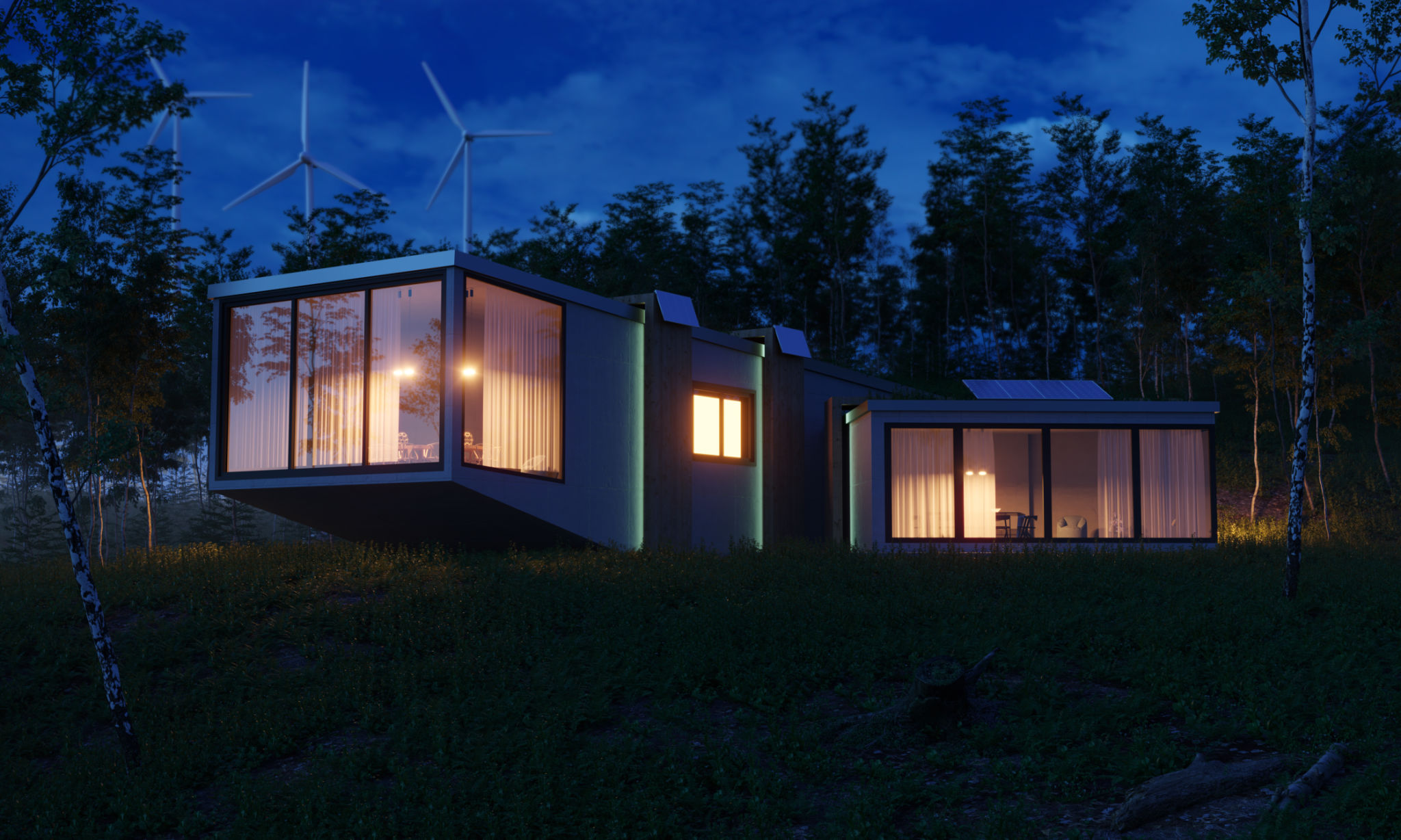Expert Tips on Integrating Alternative Energy Sources in Maryland Homes
Ki
Understanding the Basics of Alternative Energy
Integrating alternative energy sources into your home is not just an eco-friendly decision, but it can also lead to significant cost savings over time. In Maryland, where the state government supports renewable energy initiatives, homeowners have various options to explore. Understanding the basics of alternative energy is crucial before embarking on this journey. Common sources include solar, wind, and geothermal energy. Each has its unique advantages and installation requirements.

Benefits of Solar Energy
Solar energy is one of the most popular choices for Maryland homeowners. Due to the state's moderate climate and ample sunshine, solar panels can be an effective way to generate electricity. By installing solar panels, you can reduce your dependency on traditional power sources and significantly cut down on your electricity bills. Additionally, Maryland offers incentives like tax credits and rebates to encourage solar energy adoption.
Before installing solar panels, it’s essential to assess your home’s suitability. Factors such as roof orientation, shading, and available space can influence the effectiveness of solar installations. Consulting with a professional can provide insights into optimizing these factors for maximum energy production.
Exploring Wind Energy Options
Wind energy is another viable option for homeowners in certain parts of Maryland, particularly in areas with consistent wind patterns. Small wind turbines can be installed on properties with sufficient land and exposure to open wind flows. These systems convert wind into usable electricity and can be a complementary addition to existing energy solutions.

Installation Considerations for Wind Turbines
Before installation, it’s crucial to conduct a comprehensive site assessment. This includes evaluating wind speeds, zoning requirements, and potential environmental impacts. Working with a certified installer ensures that the turbine is installed correctly and functions efficiently. Moreover, wind systems in Maryland may qualify for state and federal incentives, reducing the initial investment cost.
Harnessing Geothermal Energy
Geothermal energy is an often-overlooked alternative that provides consistent heating and cooling throughout the year. By utilizing the earth’s constant underground temperature, geothermal heat pumps can efficiently regulate indoor climates. This method reduces reliance on fossil fuels and offers long-term savings on energy bills.

Evaluating Suitability for Geothermal Systems
The installation of geothermal systems requires careful evaluation of soil conditions and land availability. While the initial setup might be more complex and costly compared to other alternatives, the long-term benefits often outweigh these challenges. Homeowners should consult with experienced geothermal professionals to assess feasibility and design systems tailored to their specific needs.
Combining Multiple Energy Sources
For Maryland homeowners interested in maximizing their energy efficiency, combining multiple alternative sources can be an effective strategy. A hybrid approach can ensure a more reliable energy supply and further reduce dependency on conventional electricity. For instance, integrating solar panels with a small wind turbine can provide power during both sunny and windy periods.
Additionally, incorporating smart home technologies can optimize the use of these alternative energy systems. Smart meters and home automation systems allow for real-time monitoring and adjustments, ensuring that energy production and consumption remain balanced.

Conclusion: Taking the First Step
Transitioning to alternative energy sources in Maryland homes is a practical step toward sustainability and cost savings. Whether opting for solar, wind, or geothermal solutions—or a combination thereof—homeowners have ample opportunities to contribute positively to the environment while enhancing their homes' value. Consulting with experts and taking advantage of available incentives will ensure a smooth transition into a greener future.